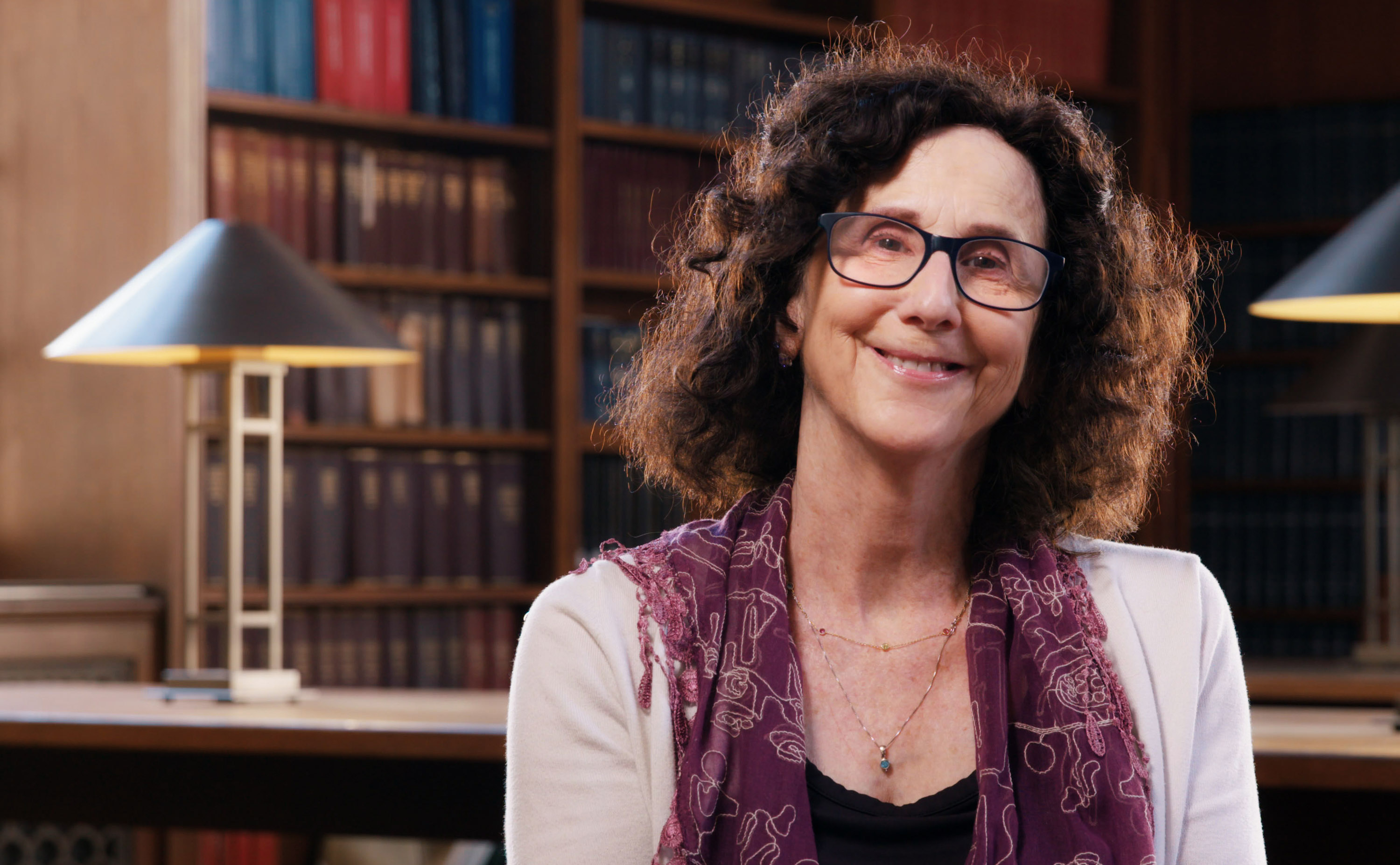The important thing to the common vaccine is the mosaic nanoparticle with so many various viral fragments clustered in shut proximity on its floor. The immune system’s B cells, which generate particular antibodies, are prone to discover and bind to a minimum of a few of these conserved items of the virus, which stay unchanged on new variants. Thus, the B cells will make antibodies efficient towards even beforehand unseen variants.
To make their mosaic nanoparticle, Cohen, Bjorkman, and their collaborators selected proteins from the surfaces of 12 coronaviruses recognized by different analysis teams and detailed within the scientific literature. These included the viruses that brought about the primary SARS outbreak and the one which causes covid-19, but additionally non-human viruses present in bats in China, Bulgaria, and Kenya. For good measure, additionally they threw in a coronavirus present in a scaly anteater generally known as a pangolin. All of the strains had already been genetically sequenced by different teams and share 68 to 95% of the identical genomic materials. Thus, Cohen and Bjorkman could possibly be comparatively certain that a minimum of some parts of every distinct spike protein they selected to put on the outside of their nanoparticle could be shared by among the different viruses.
The important thing to the common vaccine is the mosaic nanoparticle with so many various viral fragments clustered in shut proximity on its floor.
Then they made three vaccines. One, for comparability functions, had all 60 slots occupied by particles taken from a single pressure of SARS-CoV-2, the virus that causes covid-19. The opposite two have been mosaics, each displaying a mixture of protein fragments taken from eight of the 12 bat, human, and pangolin coronavirus strains. The remaining 4 strains have been left off the vaccine so the researchers might take a look at whether or not it could defend towards them anyway.
In mouse research, all three vaccines sure equally effectively to the covid-19 virus. However when Cohen sat down to take a look at his outcomes, he was shocked at how way more powerfully the mosaic nanoparticles carried out when uncovered to totally different strains of coronavirus not represented on the spikes that they had been uncovered to.
The vaccine was triggering the manufacturing of armies of antibodies to assault the elements of the proteins that modified least among the many totally different strains of coronavirus—the elements, in different phrases, which can be conserved.
New period
In latest months, Bjorkman, Cohen, and their collaborators have been testing out the vaccine in monkeys in addition to rodents. Up to now, it appears to be working. A number of the experiments proceeded slowly as a result of they needed to be performed by abroad collaborators in particular high-security biosafety labs designed to make sure that extremely contagious viruses don’t escape. However when the outcomes lastly appeared in Science, the paper obtained widespread consideration.

COURTESY OF CALTECH
Different promising efforts are transferring in parallel. On the College of Washington’s Institute of Protein Design, biochemist Neil King has custom-designed tons of of latest forms of nanoparticles, “sculpting them atom by atom,” he says, in such a method that the atoms self-assemble, drawn to the right positions by different items engineered to hold complimentary geometric and chemical expenses. In 2019, King’s collaborator Barney Graham at NIH was the primary to efficiently show that mosaic nanoparticles could possibly be efficient towards totally different flu strains. King, Graham, and collaborators fashioned an organization to change and develop the approach, and so they have a nanoparticle influenza vaccine in part 1 scientific trials. They’re now deploying the brand new know-how towards quite a lot of totally different viruses, together with SARS-CoV-2.
Regardless of the latest promising developments, Bjorkman warns that her vaccine possible received’t defend us from all coronaviruses. There are 4 households of coronaviruses, every a little bit totally different from the subsequent, and a few goal fully totally different receptors in human cells. Thus, there are fewer websites conserved throughout coronavirus households. The vaccine from her lab focuses on a common vaccine for the sarbecovirus, the subfamily that comprises SARS coronaviruses and SARS-coV-2.

